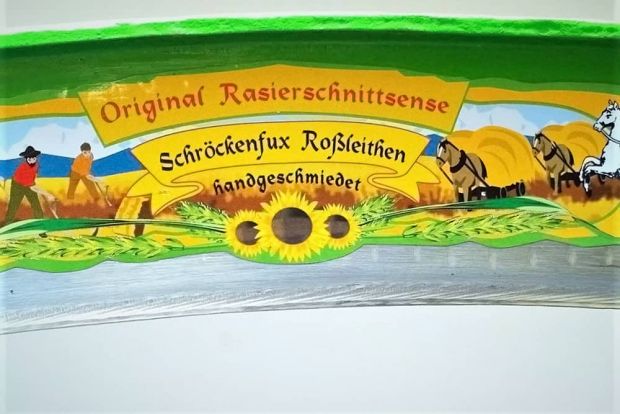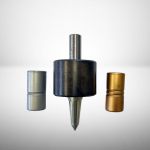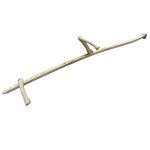We use cookies to make your experience better. To comply with the new e-Privacy directive, we need to ask for your consent to set the cookies. Learn more.
Fux Mowing Blades
Hand forged scythe blades made by Schroeckenfux in Austria. Mowing blades are wafer thin, very light and used for grass and not too woody growth. More details below.

Fux Mowing Blades
Scythe-blades have been made in Austria since the middle ages. The factory at Rossleithen, where Schröckenfux blades are made, has been operating for over 500 years. Schröckenfux blades are hand-forged and wafer thin, with an elegant curve in all three dimensions. This means that they are easier to sharpen, ensure a better cut and don't dig into the ground. Austrian blades are very light - this in turn means that the snath (handle) can be lighter. The blades are easy to fix to the snath.
Mowing Blades - These are a standard pattern of general purpose grass blades used throughout Austria and neighbouring countries. Besides grass, they will also cut bracken, nettles, soft brambles, and most other annual growth before it has gone to seed. They are 50 millimetres wide and are hand-forged. The tip is quite elevated and so the blade is good for bumpy ground. Provides good reach. Will peen easily and holds a keen edge.
The high performance of an Austrian blade is primarily due to its lightness and finesse; but this means that the blade is vulnerable to damage if used recklessly. Usually this damage - nicks,cracks and tears in the blade - can be repaired; but it can be avoided through good practice, which comes with experience.
Here are some tips:
- Keep the blade sharp, otherwise you will find you have to hack at the vegetation with unnecessary force; however do not peen the blade super-fine if you are planning to mow very coarse material.
- If you wish to tackle a particularly thick or tough plant that presents a challenge for the blade, cut it with an upward motion so that the incision is at an angle, and not perpendicular to the stem.
- Watch out for the stumps of saplings that may have been chopped off not very close to the ground in previous years.
- Use a smaller blade (50-65 cm in length) around tree stumps, fences and other obstacles.
- Use an old, less valued scythe in areas where junk may have been left, or where there are a lot of large stones.
- Use a bush scythe or else a mattock on woody growth.
- For information on using a scythe, please click here.
Left-handed?
Traditionally, left-handed scythes were rare as mowing was done in teams and everybody needed to be moving in the same direction. Most left-handers adjust easily to mowing with a right-handed scythe as the motion is symmetrical. Using a right-handed scythe gives you more options for blades and they are more readily available. However, if you do want a left-handed snath, we keep a few in stock and have 70cm mowing blades for them - please call to order.



